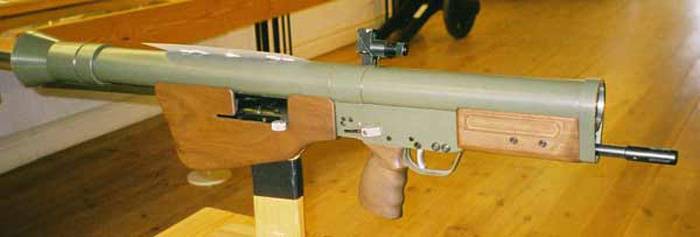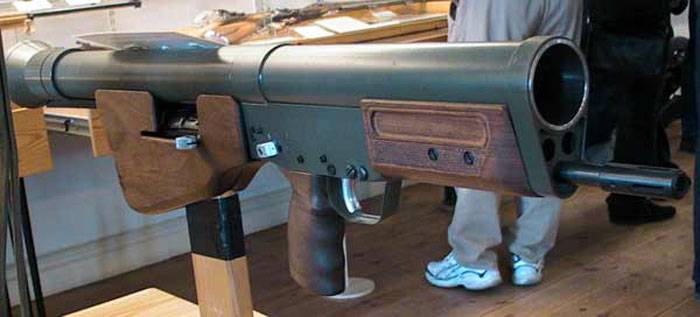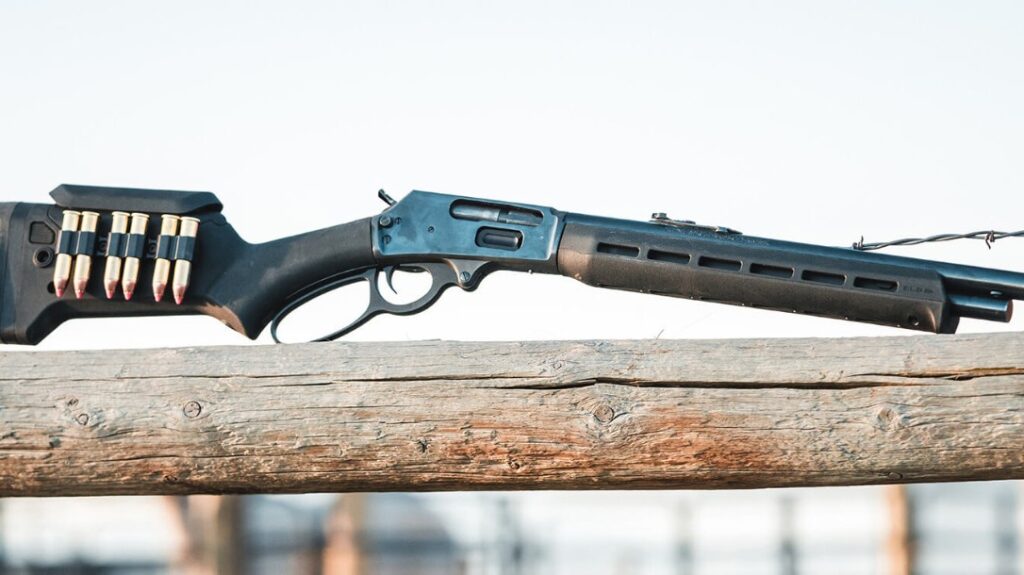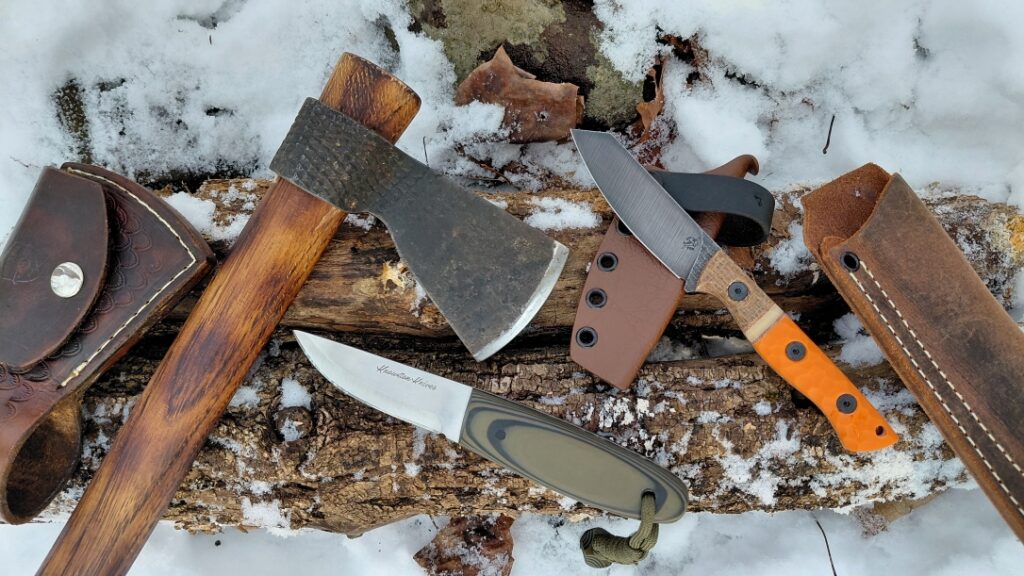Swedish firearms manufacturer Carl Gustafs stads gevärsfaktori, hereby known as Carl Gustafs, makes some really cool stuff. My personal favorite is the M/45, aka the Swedish K. The American military uses the M3 MAAWS, an 83mm recoilless rifle. Most of their designs are solid, reliable, and well-made. Others are the NIVA XM1970. I’m not saying the NIVA XM1970 was a bad gun, unreliable, or poorly built. It’s just weird.
The years after World War 2 were a wild time for modern guns. The move to assault rifles was gaining steam, and companies were trying to find ways to make the individual infantryman a more lethal entity. This led to programs and successes like the M203. Carl Gustaf and their creative minds crafted the NIVA XM1970 to make the average infantryman a horse multiplier.
The NIVA XM1970 – The Madmen
Let’s rip the band-aid off here and get to the roots of the XM1970. NIVA stood for Nytt Infanteri Vapen or New Infantry Weapon. The engineers created a weapon that combined a bullpup assault rifle with a recoilless rifle design. If you’re familiar with recoilless rifles, they mount over your shoulder, allowing the backblast to fire rearward and out of the tube. This creates the recoilless effect.
Advertisement — Continue Reading Below

Rifles have historically been mounted to the shoulder, not over the shoulder. As you’d imagine, this creates a weapon that seems somewhat cumbersome and awkward to be a rifle. You’d be running around aiming your rifle with a huge tube over your shoulder. Awkward, but certainly novel.
The XM1970 rifle was a 5.56 design that looked to feed from 20- —to 30-round magazines. We hadn’t quite settled on 30 rounds as the standard in this era, and it’s tough to tell by length. The rifle used gas operation, but I can’t find information on what type.
Advertisement — Continue Reading Below
Knowing the Swedes, it was likely a gas piston design, either a long stroke or a short stroke. The long stroke seems likely due to its simplicity and the Swedes’ history of using long-stroke gas pistons.
The recoilless rifle was a 45mm design. That’s fairly small. Remember, in the modern era, we are wielding 83mm recoilless rifles. The weapon weighed 11.9 pounds unloaded and was 35.4 inches overall. It’s a big gun, which is heavy for the era but light compared to guys slapping ten gadgets on their guns.
The XM1970 In Practice
Obviously, the gun has some problems. It’s awkward as a rifle. Imagine running around with this thing and trying to get in and out of vehicles, clear rooms, and all the modern stuff we use assault rifles for. The XM1970 definitely has some faults.
Advertisement — Continue Reading Below
Other faults included the fact you needed two sighting systems. The recoilless rifle required its own fold-down sights that sat on the right side of the gun, near the rifle sights. While iron sights were the norm back then, there didn’t seem to be any thoughts on ever adding an optic.

This gun would only work for a right-handed shooter. Lefties were left out. Another problem is that running around with an XM1970 loaded increased the weight substantially. Leaving a 45mm round loaded made the weapon quite heavy.
Advertisement — Continue Reading Below
Swapping from an assault rifle to a recoilless rifle isn’t easy either. Apparently, several steps were required before one could switch between the two systems. Although in testing, the weapon worked. Carl Gustav doesn’t build crappy weapons, and while odd, the system worked as advertised.
No one was interested in the design or concept. The military passed on it, and without interest, the NVIA XM1970 program came to a halt. Only a few prototypes were made.
Reflections
It’s crucial to understand that the NIVA XM1970 was always a prototype. Its intended use remains a topic of debate. Equipping an entire squad with this weapon might seem impractical. One can only imagine the scene, with all the 18-year-old infantrymen shouting ‘back blast area all secure’ as they aimed their NIVA XM1970 at a single threat firing from a window.
Advertisement — Continue Reading Below
In the 1970s, the Cold War raged on, and if war came to Europe, it would be the Soviet Union using armor to cross the Fulda Gap. It’s lost on us now, but the next war in Europe was predicted to be all about armor. The XM1970 was likely pictured as a light anti-armor weapon in a ground war that could be issued amongst a squad of soldiers.
Luckily, that war didn’t come. Even if it did, I don’t think the XM1970 would have been the hot ticket. It’s a bit too awkward and a bit too specialized. The idea did live on, and ideas like the OICW spring to life with a similar idea, but more about grenades than recoilless rifles. The NVIA XM1970 is just an old ball and an interesting piece of history.















